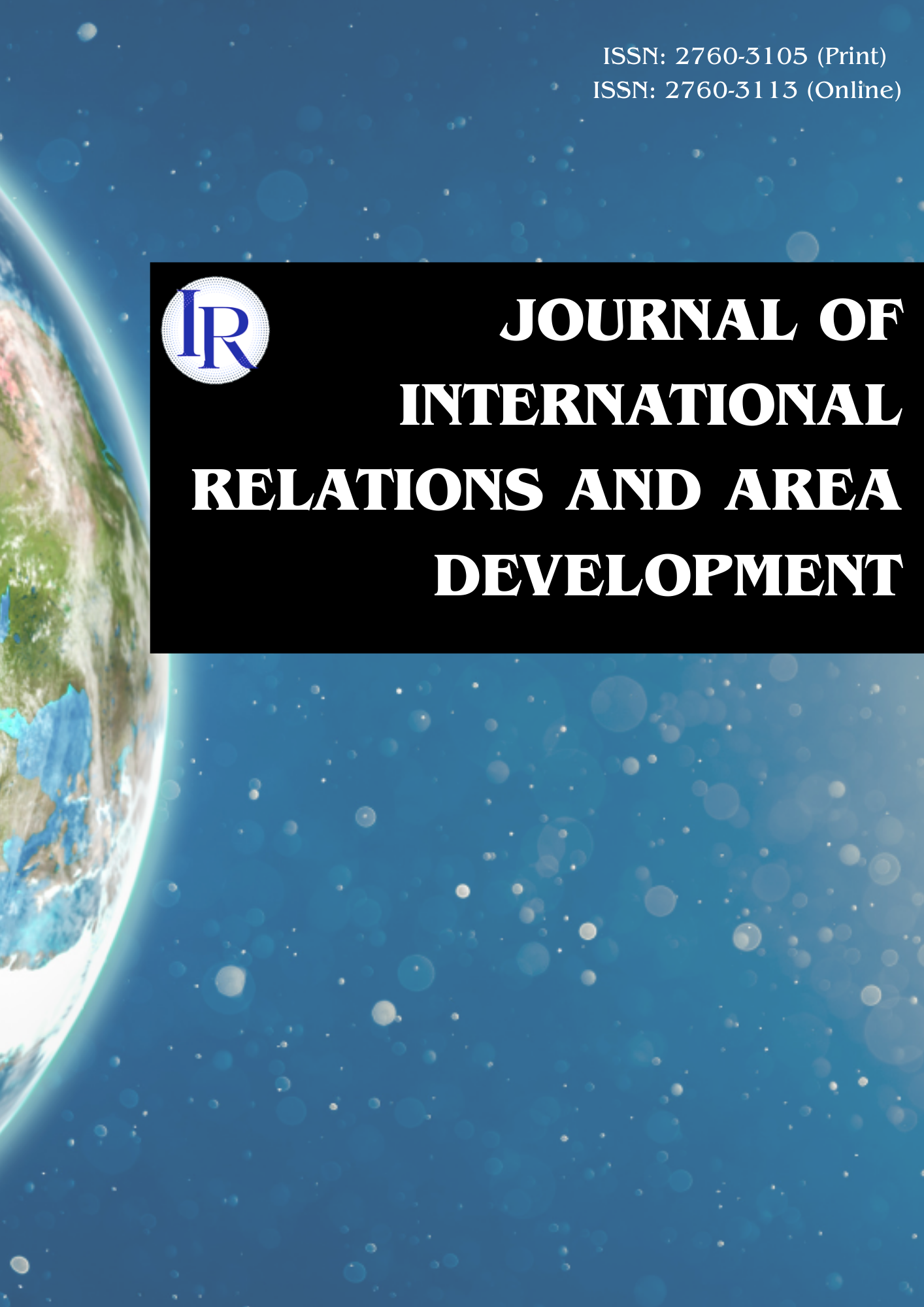Analysis of China-related Public Opinion of ASEAN Countries under the Background of "Belt and Road"
DOI:
https://doi.org/10.64583/kf0s4c31Keywords:
ASEAN countries, China-related public opinion, Belt and Road, public opinion analysis, foreign policyAbstract
With the in-depth implementation of the Belt and Road Initiative, ASEAN countries, as important partners under this framework, have increasingly become an important part of China-ASEAN relations under this strategic framework. The public opinion of ASEAN countries not only reflects the attitude of the region towards China's economy, politics and culture, but also profoundly affects China's diplomatic strategy and international image in Southeast Asia. The purpose of this paper is to analyze the changing trend and motivation of China-related public opinion of ASEAN countries under the background of "Belt and Road", and to explore the influence of public opinion change on China-ASEAN cooperation, China's international image and global power relations. The China-related public opinions of ASEAN countries are characterized by diversification, emotionalization and distinct nationalism, and both positive and negative public opinions coexist, showing a complex public opinion ecology. The main reasons for the change of public opinion include China's foreign policy, the achievements of economic cooperation, the deepening of cultural exchanges, and the intensification of security-sensitive issues. Under the framework of the Belt and Road Initiative, China should optimize its foreign policy, enhance mutual trust and cooperation with ASEAN, and provide theoretical support and practical guidance for realizing common regional prosperity.
References
Bi, S. (2021). Cooperation between China and ASEAN under the building of ASEAN Economic Community. Journal of Contemporary East Asia Studies, 10(1),83-107.
Chen, C, C. (2018). ASEAN Financial Integration and ‘One Belt, One Road’: Legal Challenges to and Opportunities for China in Southeast Asia.International Governance and the Rule of Law in China under the Belt and Road Initiative, 163-96.
Fan, J. (2024). Promoting the important practice of building a community of regional destiny: an analysis of the cooperation between China and ASEAN in transportation infrastructure. Northeast Asia Forum, 33(06),62-77.
He, L. (2012). Public opinion factors in China’s coastal issues. Modern International Relations,274(08),38-40.
Hong Z. (2019). China’s Belt and Road Initiative and ASEAN.China: An International Journal, 17(2),127-147.
Jetin, B. (2018).’One belt-one road initiative’and ASEAN connectivity: Synergy issues and potentialities. China’s Global Rebalancing and the New Silk Road.Singapore: Springer Singapore,139-150.
Liu, Y, et al. (2024). Promoting the construction of the Belt and Road with higher quality: current situation, challenges and suggestions. International Trade, 515(11),43-52.
Ren, X.(2024). External communication of mainstream media to ASEAN under the Belt and Road Initiative. Journal of heihe university,15(10),21-23.
Shen, Q.(2024).Analysis on the present situation and countermeasures of China’s investment in ASEAN under the background of RCEP . Northern Economy and Trade, 479(10),46-49.
Yuen, K, T.(2019). The Belt and Road Initiative in Southeast Asia and responses from ASEAN countries. China: An International Journal, 17(4), 24-33.
Downloads
Published
Issue
Section
License
Copyright (c) 2025 Yanan GUO (Author)

This work is licensed under a Creative Commons Attribution 4.0 International License.






